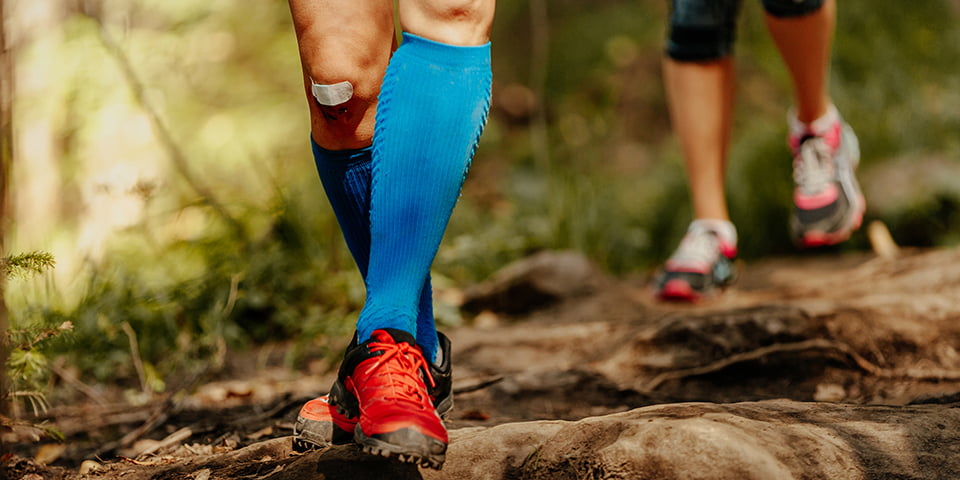Are There Benefits to Wearing Compression Socks?

| Cookie | Duration | Description |
|---|---|---|
| cookielawinfo-checbox-analytics | 11 months | This cookie is set by GDPR Cookie Consent plugin. The cookie is used to store the user consent for the cookies in the category "Analytics". |
| cookielawinfo-checbox-functional | 11 months | The cookie is set by GDPR cookie consent to record the user consent for the cookies in the category "Functional". |
| cookielawinfo-checbox-others | 11 months | This cookie is set by GDPR Cookie Consent plugin. The cookie is used to store the user consent for the cookies in the category "Other. |
| cookielawinfo-checkbox-necessary | 11 months | This cookie is set by GDPR Cookie Consent plugin. The cookies is used to store the user consent for the cookies in the category "Necessary". |
| cookielawinfo-checkbox-performance | 11 months | This cookie is set by GDPR Cookie Consent plugin. The cookie is used to store the user consent for the cookies in the category "Performance". |
| viewed_cookie_policy | 11 months | The cookie is set by the GDPR Cookie Consent plugin and is used to store whether or not user has consented to the use of cookies. It does not store any personal data. |
We all could use little support these days (literally and figuratively), particularly when resuming exercise in our active lives post-pandemic.
Compression socks might make you think of the black knee-high socks that your Grandpa Joe used to wear, but compression socks are having a moment in the fitness-gear realm.
Why? There’s some research to suggest that the benefits of compression socks might extend beyond your workouts.
Here are a few potential benefits of compression socks.
1. Prevent Fatigue
“Over many years of running, I’ve tested a lot of gear and often come back to compression socks as a go-to for runners,” says Amanda Brooks, a certified personal trainer, running coach, and author of Run To The Finish: The Everyday Runner’s Guide to Avoiding Injury, Ignoring the Clock and Loving the Run.
“Wearing compression socks during a long run or race effort provides additional muscle support to the calves. Our calves are often overworked, and that support helps to prevent muscle fatigue, which can impair performance,” she explains.
2. Improve Post-Workout Recovery
It’s far from guaranteed, but compression socks may help ease soreness and aid recovery.
“Adding compression socks to your recovery process might help speed up the time it takes for your body to bounce back,” says Josh Schlottman, CSCS, a certified strength and conditioning specialist in Napa, California. “Wearing compression socks post-workout can reduce swelling, boost circulation, and lessen soreness in your lower legs.”
3. Support Healthy Blood Circulation
Compression gear comes in a range of styles, from athletic socks and stylish leggings to industrial-strength, flesh-colored hose.
The latter is a reminder that although compression socks are currently trendy, they’ve been around for a long time, having originated to help alleviate the painful symptoms of poor blood flow in the legs.
That’s a condition doctors are seeing more of today.
“With the type of lifestyle that we all lead nowadays — either sitting or standing for long hours — we’re all be prone to having leg swelling by the end of the day caused by venous insufficiency,” says Alain Tanbe, M.D., a board-certified vascular surgeon at Mercy Medical Center in Baltimore, Maryland, who treats disorders of the arteries and veins.
“The physiology of vein function is to bring the blood up back to the heart,” explains Tanbe.
“When veins stop working correctly, the blood starts leaking back down with gravity and sits in your legs longer. Compression stockings, due to the high pressure they provide, can help prevent this and help move the blood back to the heart.”
According to Tanbe, signs of vein issues can include:
• aching
• throbbing
• swelling
• legs feeling heavy or tired by the end of the day
• spider veins or varicose veins
How Long Should You Wear Compression Socks?
“We recommend wearing compression stockings during the day and removing them at night,” says Tanbe.
“The compression stocking will be tight, and that is the reason a lot of people stop wearing them, but they are supposed to be like that. It’s important to get the correct size, and that is usually by measuring the calf and ankle,” he explains.
Compression socks come in three levels of compression: (“mm/hg” is a measurement of pressure; the smaller the number, the lighter the level of compression)
“We usually recommend the 20-30 level,” says Tanbe.
But talk to your doctor to help determine what’s appropriate for you.
Can Compression Socks Be Harmful?
You can wear compression socks all day, but don’t wear them 24-7.
“Make sure to take them off at night to prevent skin irritation, or else they can be harmful to the skin, causing blood blisters,” says Lisa Mitro, PT, DPT, FMSC, a physical therapist in Richmond, Virginia.
It’s a good idea to talk with your healthcare provider before you begin wearing compression socks, especially if you have a pre-existing vein condition.
“I would caution people who have peripheral vascular disease from wearing them before checking with their physician,” says Tanbe.